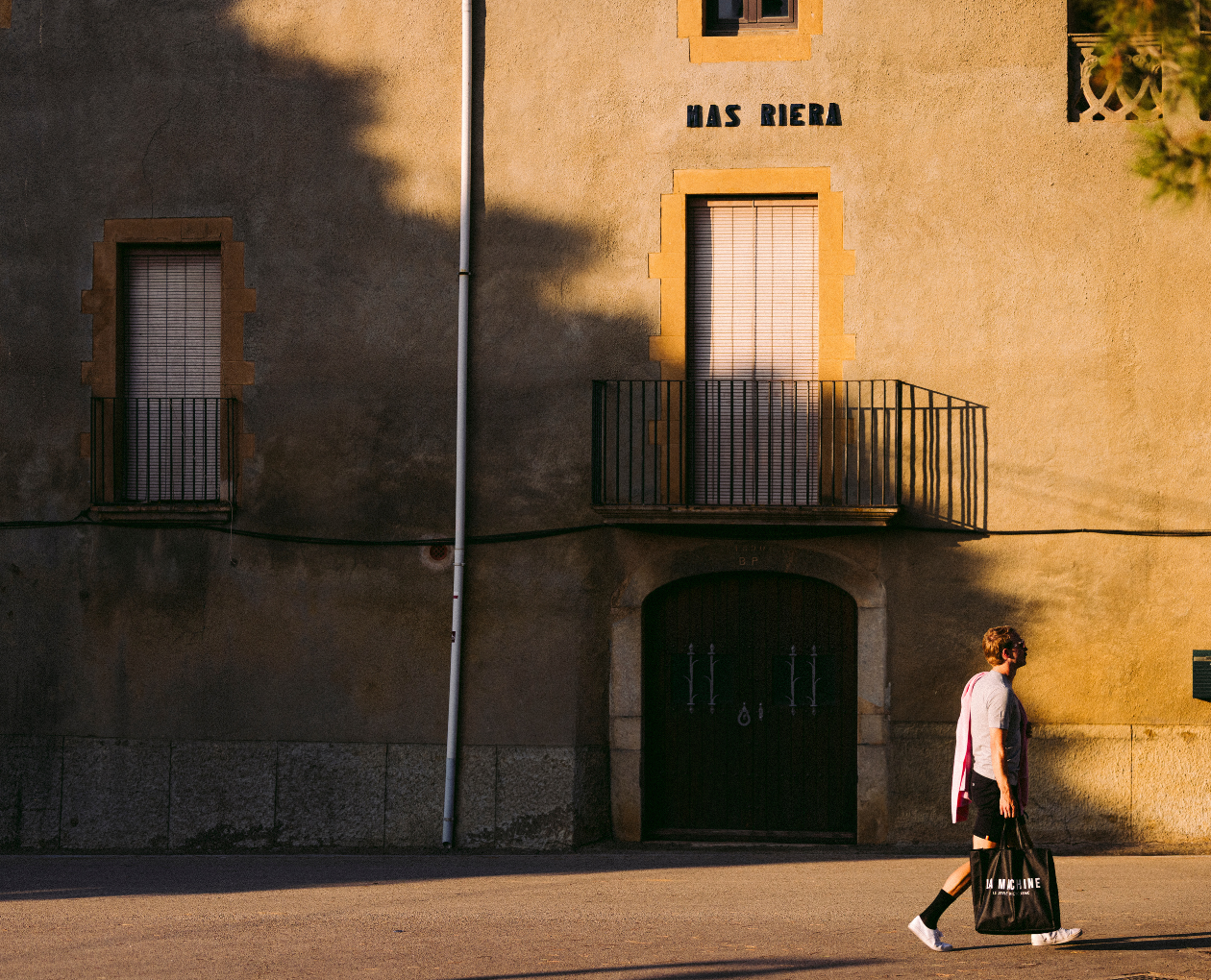
Country

Born from Cycling Culture
Made for the Moments After the Ride

The most iconic one day bike race in the world, period. Paris-Roubaix. Famous for it’s cobbles, unpredictability, dirt/dust and that velodrome.
The race usually leaves riders caked in mud and grit, from the cobbled roads and rutted tracks of northern France’s former coal-mining region. You’d be forgiven for thinking that the terrain places an unbelievable strain on the riders and bikes but this is not how this race earned the name ‘l’enfer du Nord’, or ‘Hell of the North’. The term was used to describe the route of the race after World War I. Organisers and journalists set off from Paris in 1919 to see how much of the route had survived four years of shelling and trench warfare. They knew little of the permanent effects of the war. Nine million had died and France lost more than any. But, as elsewhere, news was scant.
Who even knew if there was still a road to Roubaix? If Roubaix was still there? The car of organisers and journalists made its way along the route those first riders had gone. And at first all looked well. There was destruction and there was poverty and there was a strange shortage of men. But France had survived. But then, as they neared the north, the air began to reek of broken drains, raw sewage and the stench of rotting cattle. Trees which had begun to look forward to spring became instead blackened, ragged stumps, their twisted branches pushed to the sky like the crippled arms of a dying man. Everywhere was mud. Nobody knows who first described it as ‘hell’, but there was no better word. And that’s how it appeared next day in the papers:
“We enter into the centre of the battlefield. There’s not a tree, everything is flattened! Not a square metre that has not been hurled upside down. There’s one shell hole after another. The only things that stand out in this churned earth are the crosses with their ribbons in blue, white and red. It is hell!”
The Trouée d’Arenberg has become the symbol of Paris–Roubaix.
The race was conceived by by two Roubaix textile manufacturers, Théodore Vienne and Maurice Perez. Both had been instrumental in building the infamous Vélodrome André-Pétrieux. They pitched the race as a training race for the competitors of Bordeaux–Paris, which followed four weeks later. Tellingly Bordeaux-Paris hasn’t survived as a professional race whilst Pais Roubaix has become iconic.
Paris-Roubaix starts in Compiègne, about 85 kilometres north-east from Paris centre. The finish is still in Roubaix at the Vélodrome André-Pétrieux. The Trouée d’Arenberg has become the symbol of Paris–Roubaix. The race isn’t won in Arenberg, but from here the group containing the winner is usually selected. The Arenberg and Paris–Roubaix as a race presents the ultimate technical challenge to riders, team personnel, and equipment. Special frames and wheels are often used and race support requires particular planning.
Read more

The Tour of Flanders (also known as De Ronde, “The Tour”), is held in Belgium every spring. It’s the most important cycling race in Flanders, and one of the five monuments of cycling.

As part of this thrilling partnership, an exclusive range of casual wear inspired by Team Jumbo-Visma is set to launch. With our shared commitment to quality and style, we believe this collection w...
Leave a comment
This site is protected by hCaptcha and the hCaptcha Privacy Policy and Terms of Service apply.